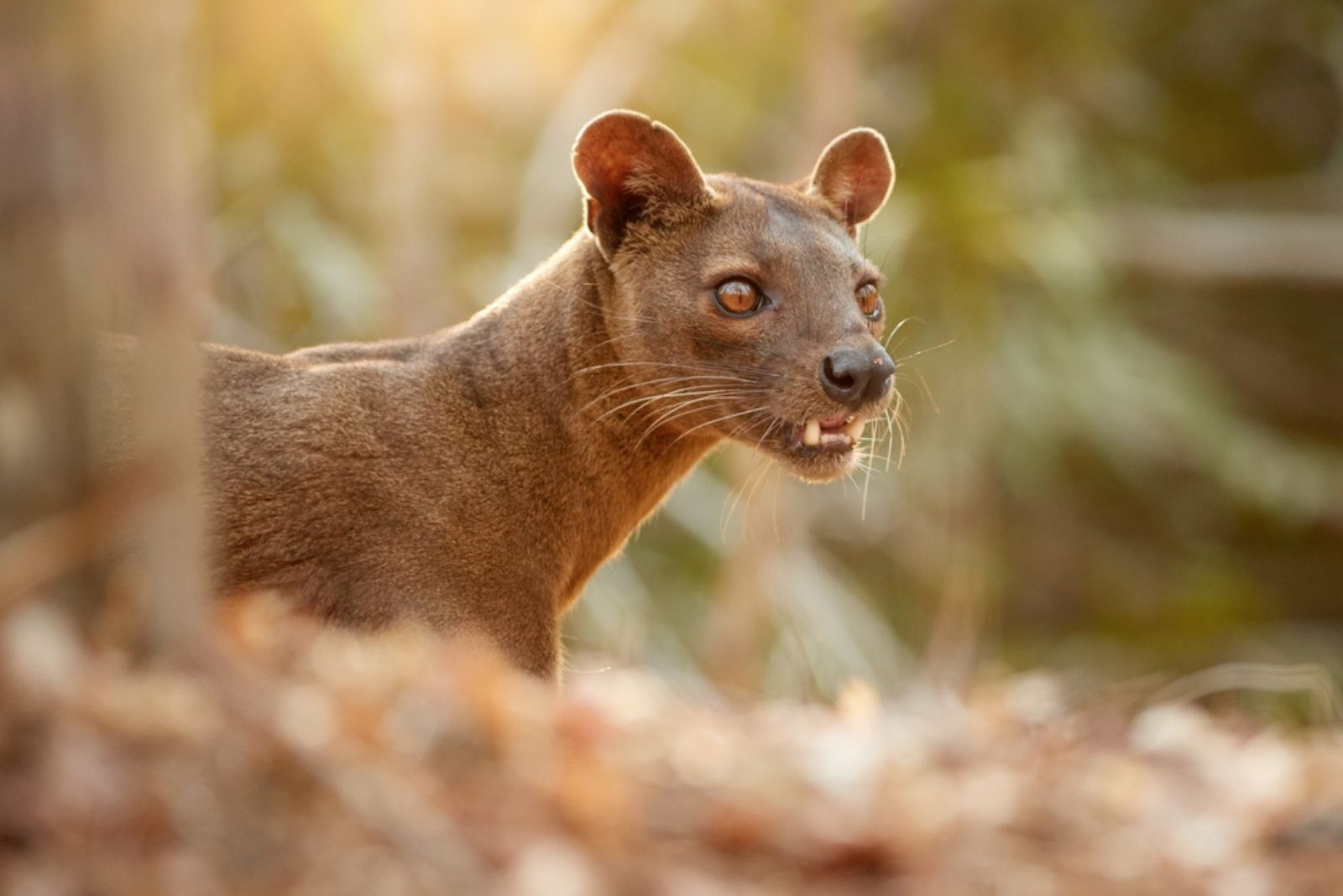Nature is full of surprises, and just when you think you’ve seen it all, it throws something truly extraordinary your way. There are animals with bodies that seem like they come straight out of a science fiction movie, for example!
The point is this: the world is home to some truly bizarre and fascinating species. These aren’t your typical lions or dolphins – these are the oddballs, the head-turners, and the jaw-droppers that remind us just how wild and unpredictable nature can be.
In this article, we’re celebrating the quirky side of the animal kingdom by presenting a set of the coolest and most interesting animals you’ve probably never heard of (or never knew existed, who knows?).
Let’s meet these incredible creatures and see how they’re turning the weird into the wonderful!
1. Axolotl
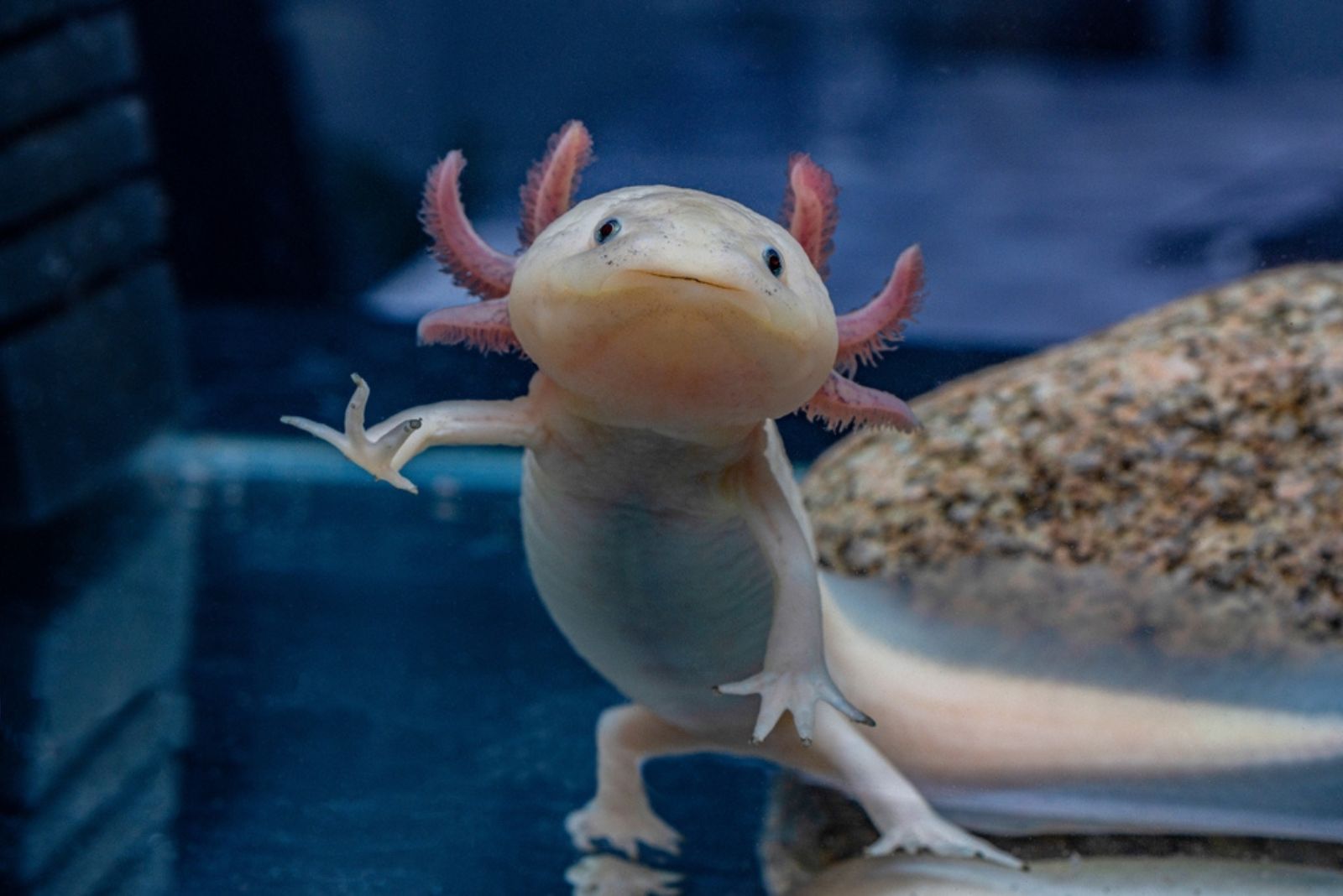
Meet the axolotl, the adorable amphibian often called the “Mexican walking fish”! These animals have some of the coolest superpowers in nature – regeneration!
Besides being adorable with cutesy smiles, their ability to regrow almost any part of their body, including limbs, spinal cords, and even portions of their hearts and brains is both fascinating, and kinda creepy!
This ability has made them a favorite subject for scientists studying regenerative medicine, with hopes of applying their secrets to human healing. Native to the unique lake systems around Mexico City.
Axolotls don’t just eternally regrow limbs, by the way. They’re also eternally young! Axolotls remain in their juvenile form for life due to a condition called neoteny, where they retain their larval features even as adults.
Their frilly, external gills and paddle-like tails give them an otherworldly look, as if they’ve stepped straight out of a fantasy novel.
Sadly, habitat loss and pollution have driven axolotls to the brink of extinction, but conservation efforts and their popularity as aquarium pets keep their legacy alive.
2. Pangolin
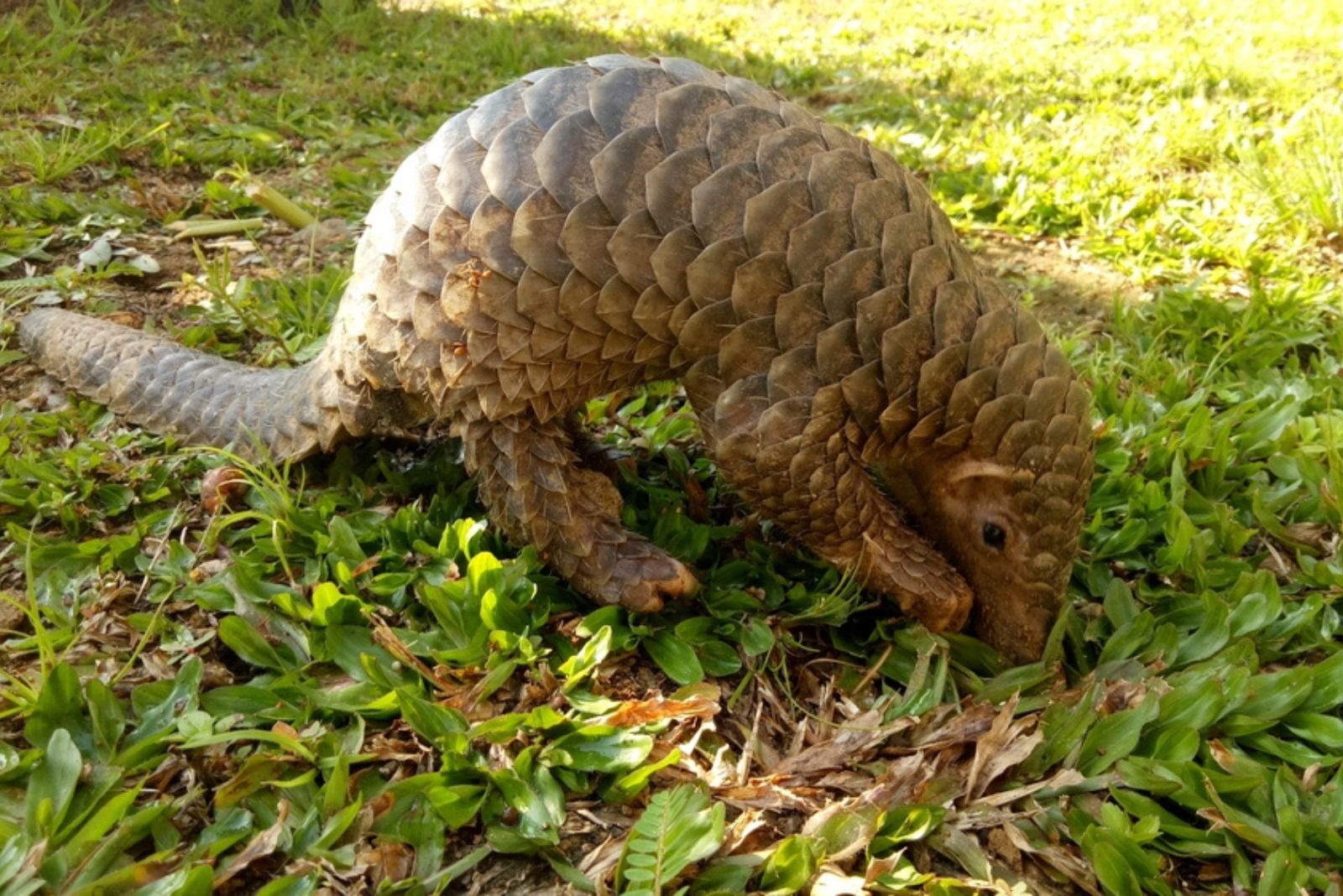
Looking like a cross between an anteater and a pinecone, pangolins are one of nature’s most unique creations. These solitary mammals are the only ones in the world covered in protective keratin scales.
Found across Africa and Asia, pangolins are shy, nocturnal creatures that rely on their incredible scales for defense. When threatened, they roll into a tight ball, making it nearly impossible for predators to harm them! Cute, but also cool! They get the nickname “living pinecones” for a reason!
Pangolins are ecologically important as well, let’s not forget that! They eat thousands of ants and termites each night with their long, sticky tongues, which can extend farther than the length of their own bodies!
Despite their coolness factor, though, pangolins are sadly the most trafficked mammals on Earth. Their scales and meat highly sought after in illegal wildlife trade.
Conservation efforts are now racing against time to protect these incredible animals from extinction. Let’s cross our fingers and hope it will be a success story!
3. Mantis Shrimp
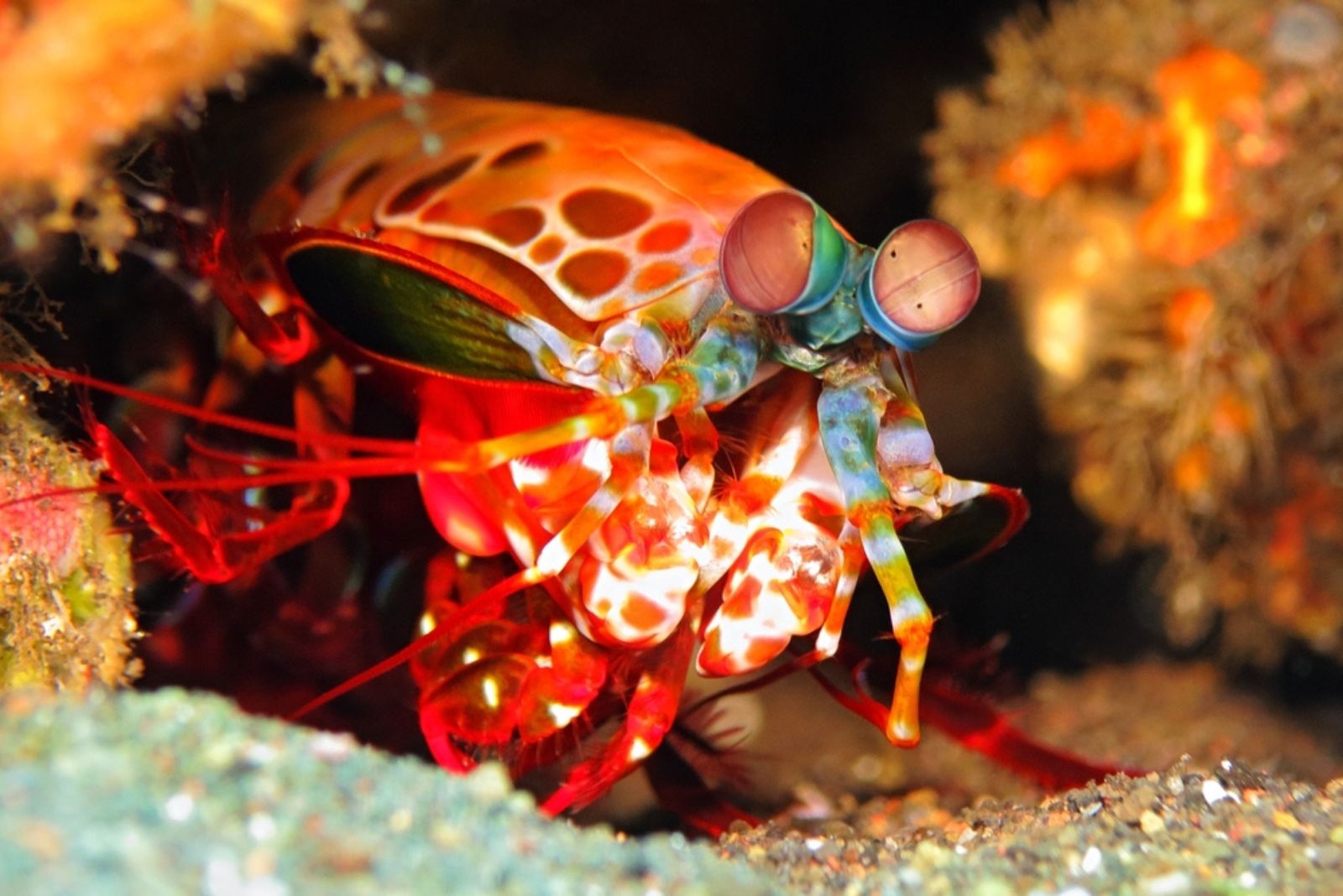
Don’t let their small size fool you; mantis shrimp are the superheroes of the ocean and then some. These crustaceans are armed with one of the most powerful punches, capable of striking at the speed of a .22 caliber bullet!
Their strike generates enough force to shatter glass, crack open shells, or stun their prey instantly! But their superpowers don’t stop there.
Mantis shrimp have some of the most complex eyes ever, with up to 16 types of color receptors (compared to our humble three). This allows them to see a spectrum of colors that humans can’t even begin to imagine!
The vibrant bodies of mantis shrimp, and their extraordinary abilities make them look like something out of a science fiction movie, too. I mean, look at them!
On a more technical note, they can be found in warm, shallow waters! And many keep them as pets. But beware: they can shatter aquarium glass!
4. Blobfish
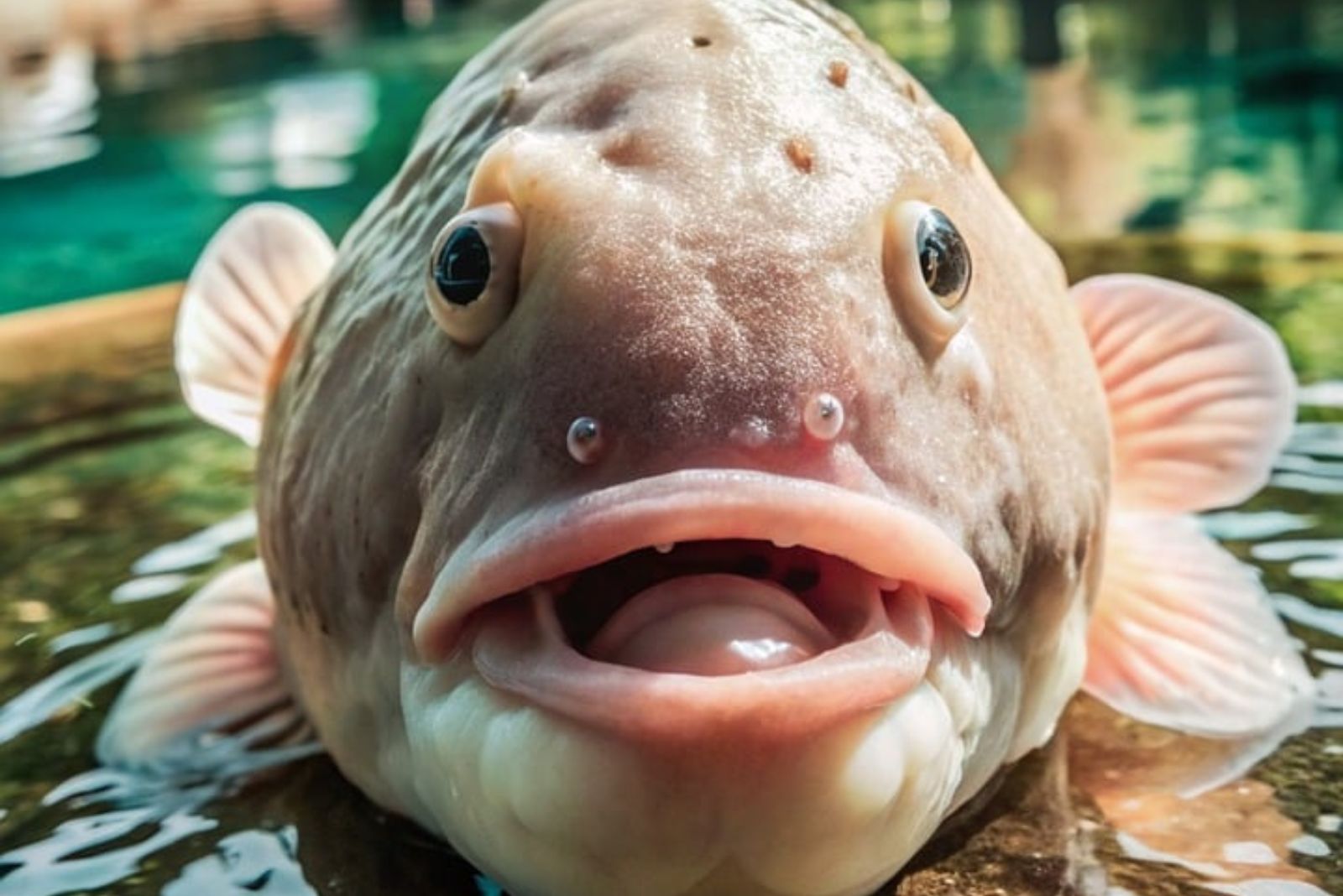
Frequently crowned the “world’s ugliest animal,” blobfish have a unique charm all their own that defies their unusual reputation. These animals live in the deep seas, right off the coasts of Australia and New Zealand.
Blobfish manage to thrive in environments where pressures are so extreme that most animals could never survive! Their bodies are primarily composed of a jelly-like substance that allows them to withstand crushing underwater pressure. Brilliant!
Out of water, blobfish lose their natural shape due to the lack of pressure, which is why they appear squishy, deflated, and, to some, kinda ugly. However, in their natural habitat, blobfish glide effortlessly just above the ocean floor.
Oh, and if you’re wondering what they like to eat: blobfish love to eat feast on small invertebrates and organic matter that drifts down into the depths.
5. Aye-Aye
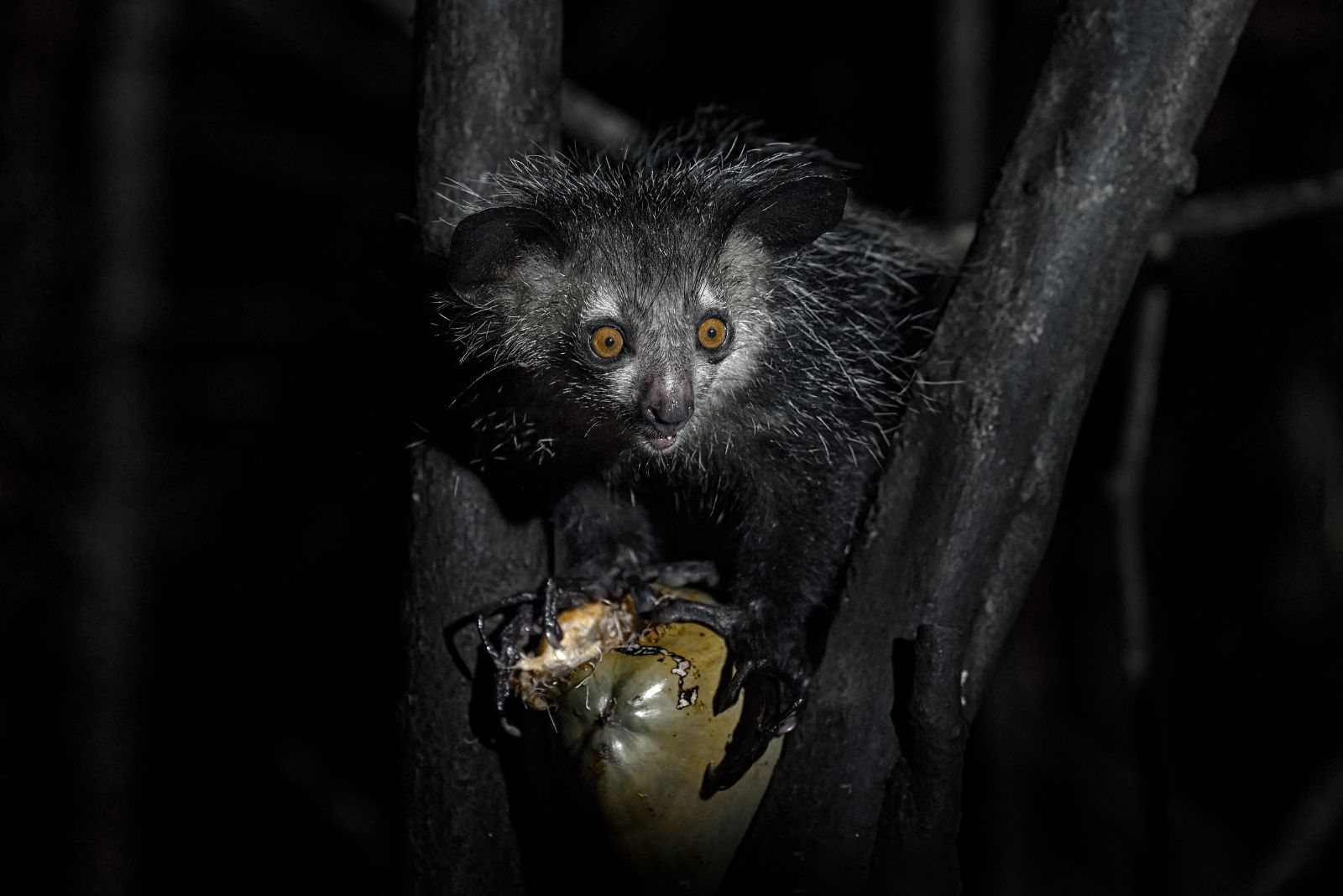
Picture a creature so strange it could easily star in a Halloween movie- the aye-aye! Native to Madagascar, it is a nocturnal lemur with a truly otherworldly vibe: glowing, saucer-like eyes that pierce through the darkness and its scruffy, wiry fur!
But the real showstopper? Its extra-long, bony middle finger – a tool so unique it’s basically a Swiss Army knife. This extraordinary digit is at the heart of the aye-aye’s feeding genius, used for a quirky behavior known as percussive foraging.
Imagine this: the aye-aye taps on tree trunks, listening for hollow spots where grubs are hiding. Once it zeroes in, it uses that skeletal finger to scoop out its meal with precision that would make a surgeon jealous. Clever and creepy!
As strange as it looks, the aye-aye is actually one of nature’s most effective pest control agents, keeping insect populations in check and helping to maintain the balance of its rainforest ecosystem!
Sadly, the unconventional appearance and nocturnal habits have led to myths and superstitions among locals which branded this animal a bringer of bad luck. This fear has made the aye-aye a target of persecution.
Thankfully, conservationists are working hard to protect these amazing animals! The aye-aye may not win any beauty contests, but it’s a superstar in the world of natural oddities!
6. Narwhal
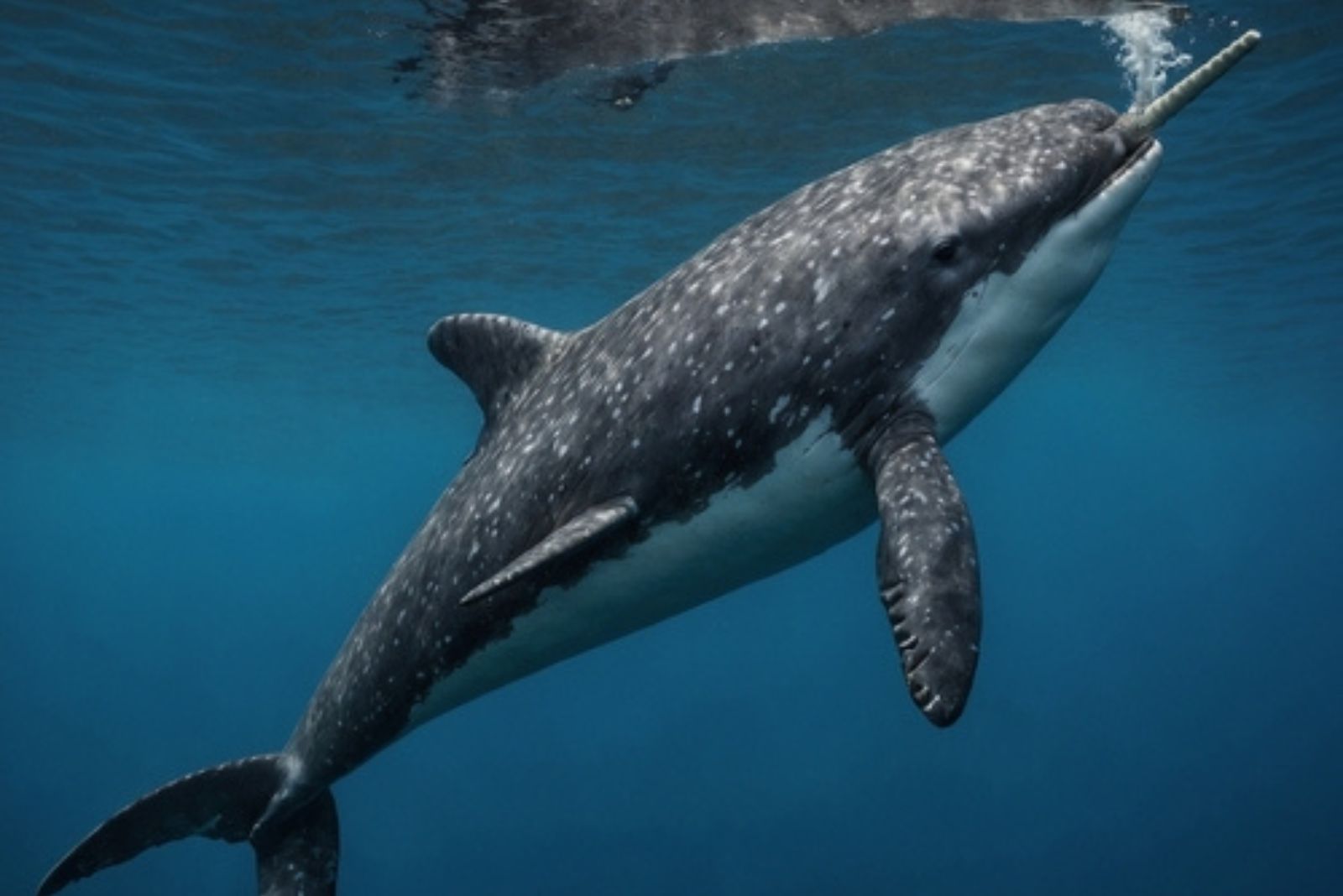
Narwhals are probably some of my favorite animals ever, and you’re about to find out why! People sometimes don’t believe that they’re even real, which is why they’re often called the “unicorns of the sea”!
Being Arctic wonders that truly live up to their mythical nickname, their long, spiral tusks have fascinated humans for centuries. So, let’s begin a little historical recount, shall we?
Back in medieval times, people believed narwhal tusks were unicorn horns, often selling them as magical relics (thanks, Vikings!). But there’s more to these tusks than their whimsical looks!
They’re packed with nerve endings, making them highly sensitive tools that help narwhals detect subtle changes in their icy environment. Think stuff like shifts in water temperature and salinity. Cool, isn’t it?
Narwhals can also dive to crazy depths of 5,000 feet in search of their favorite meals, which include fish, squid, and shrimp! They’re also quite the chatterboxes, using clicks, whistles, and knocks to communicate with other narwhals!
Despite their enchanting presence, narwhals face some serious challenges. Climate change is rapidly melting the sea ice they rely on, and increased human activity in the Arctic is adding to the pressure. It’s quite scary for them.
Protecting these incredible creatures is crucial, not just because they’re extraordinary, but because they remind us of the delicate beauty and balance of the polar world!
7. Fossa
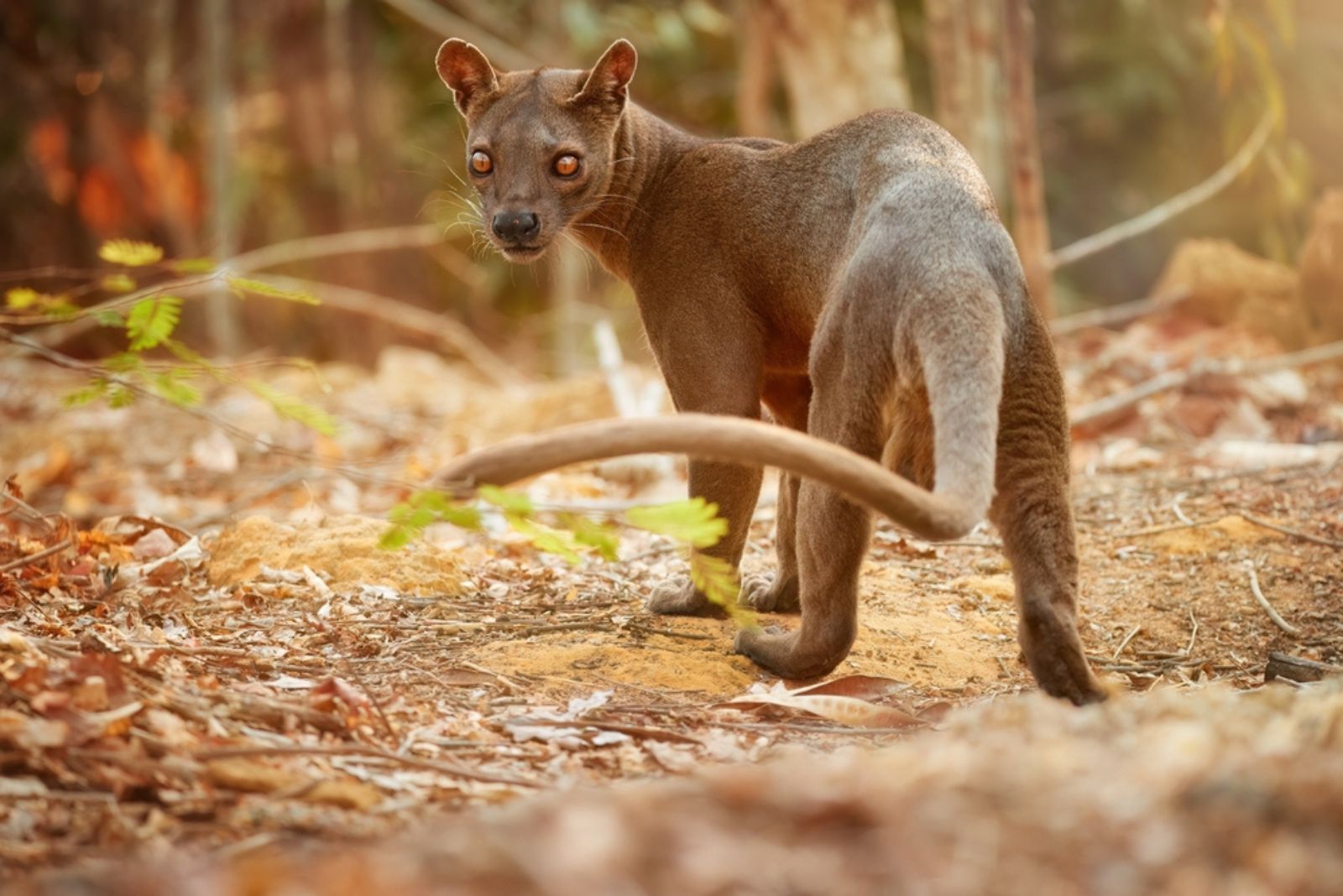
Madagascar strikes again with the fossa this time! Fossas are sleek and mysterious carnivores that look like a fascinating mix between a cat, a mongoose, and a dog.
As the island’s top predator, the fossa is extremely important for the maintenance of Madagascar’s unique ecosystem! They’re agile hunters that hang out on trees, with semi-retractable claws and an extraordinarily long tail! How cool!
Their muscular bodies and sharp senses make them formidable predators, especially when pursuing their favorite prey: lemurs. With the ability to leap great distances and an uncanny knack for stealth, fossas dominate the treetops and the forest floor.
Despite their crucial role in the ecosystem, fossas are often misunderstood and face threats from habitat destruction and hunting! Hopefully, conservation efforts manage to save this animal too!
8. Saiga Antelope
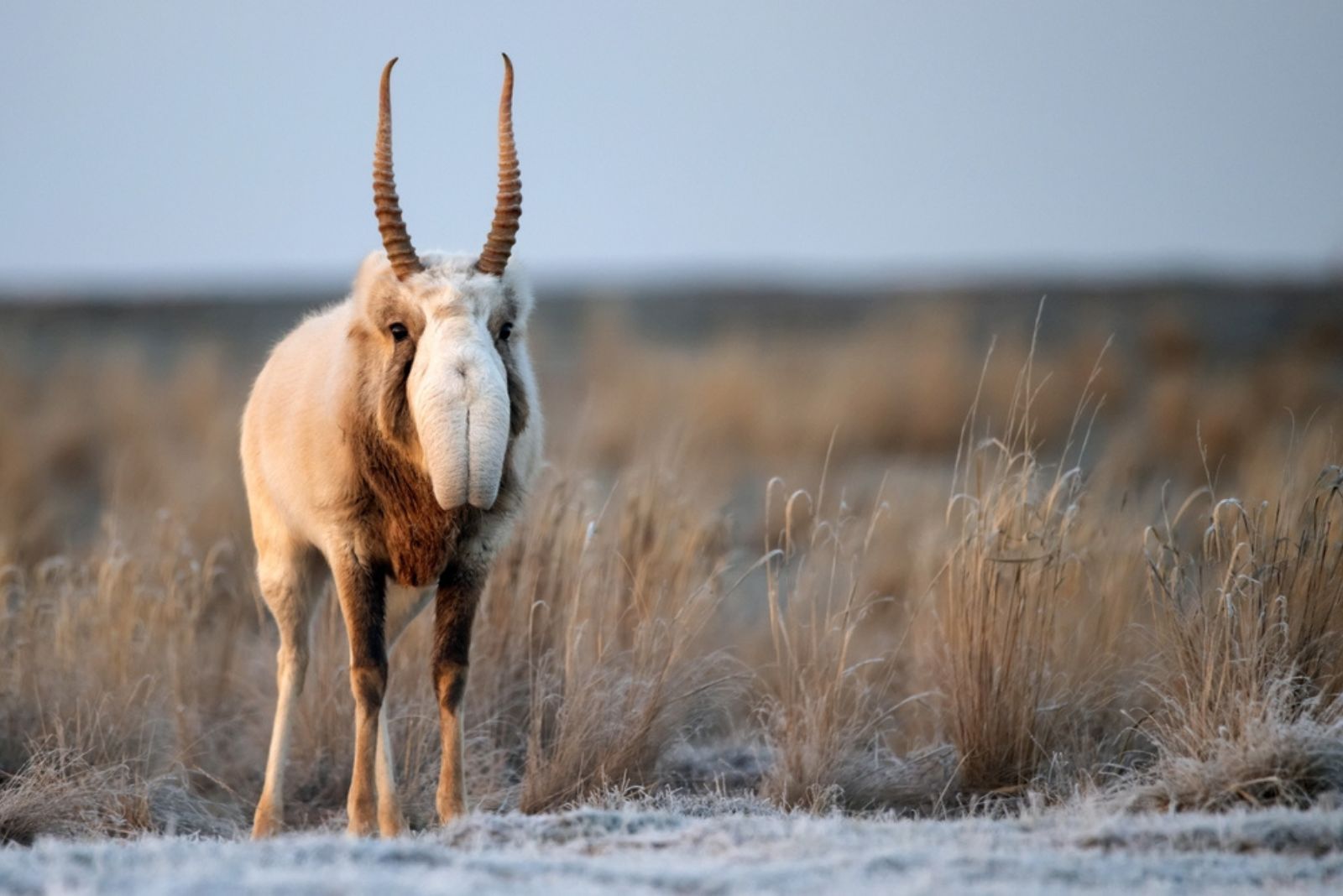
The saiga antelope is one of the most distinctive creatures to roam the steppes of Central Asia! Its bulbous, tubular nose is a unique adaptation helps filter out dust kicked up in the dry plains and cools the animal’s blood during the scorching summers!
This ingenious design makes the saiga antelope perfectly suited for its harsh environment. Beyond its nose, the saiga is a super social animal, often found in herds that migrate across vast distances in search of food and water.
Sadly, their numbers have taken a nosedive because of habitat destruction, outbreaks of disease, and illegal hunting. Why the illegal hunting? Their horns are in high demand for traditional medicine.
9. Leafy Seadragon
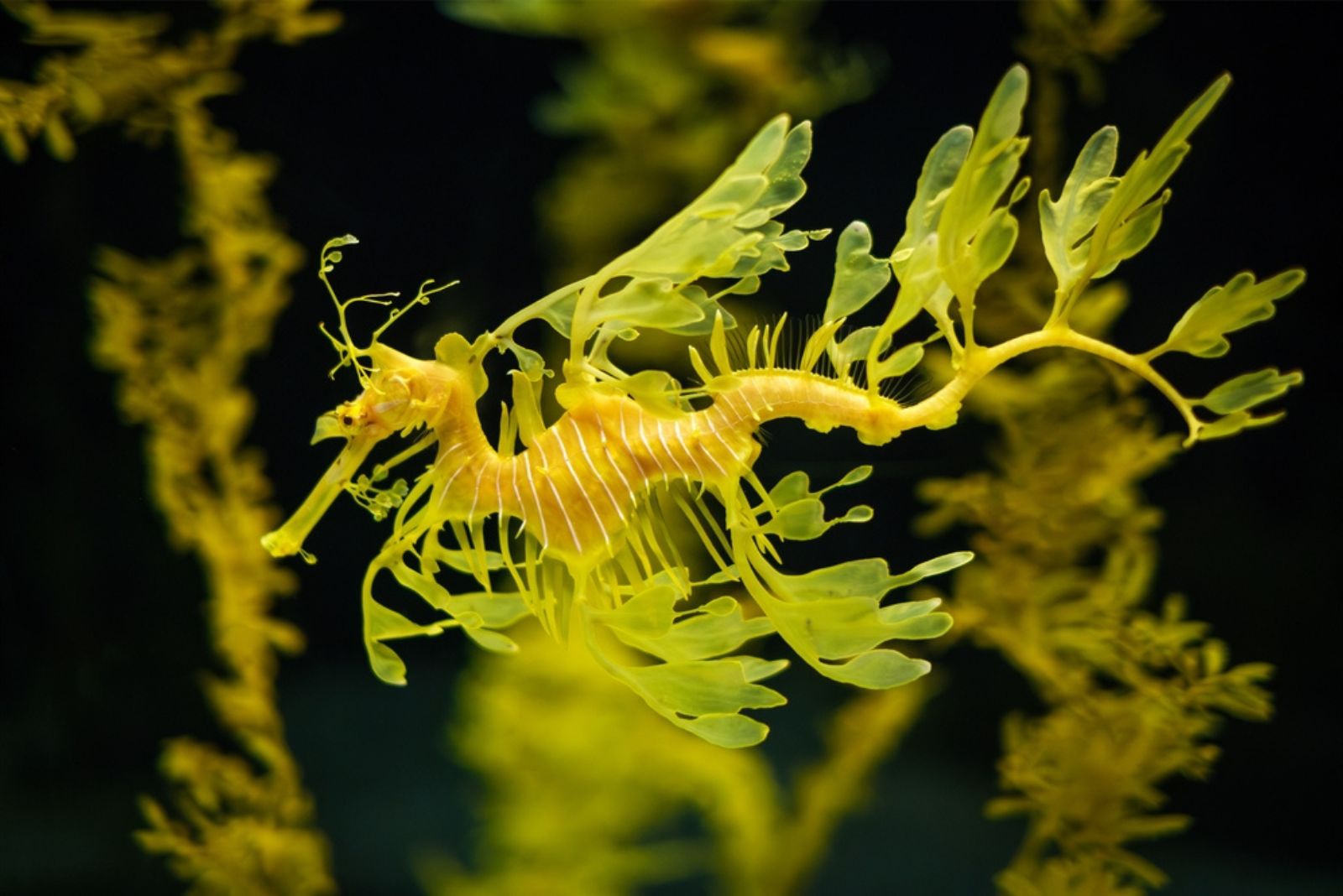
If underwater elegance were a competition, the leafy seadragon would take the crown without question. These mesmerizing relatives of seahorses have delicate leaf-like appendages serve as a perfect disguise!
They can be found exclusively in the clean waters off southern Australia, where they drift gracefully with the ocean currents, moving with a hypnotic, leaf-like sway that adds an ethereal charm (and disguise!).
Unlike their seahorse cousins, they don’t use their tails to anchor themselves but rely on their camouflage for survival. These gentle creatures feed on tiny crustaceans and plankton, by the way!
This beautiful creature is yet another animal that is suffering because of habitat destruction and pollution. We need to do better, people!
10. Okapi
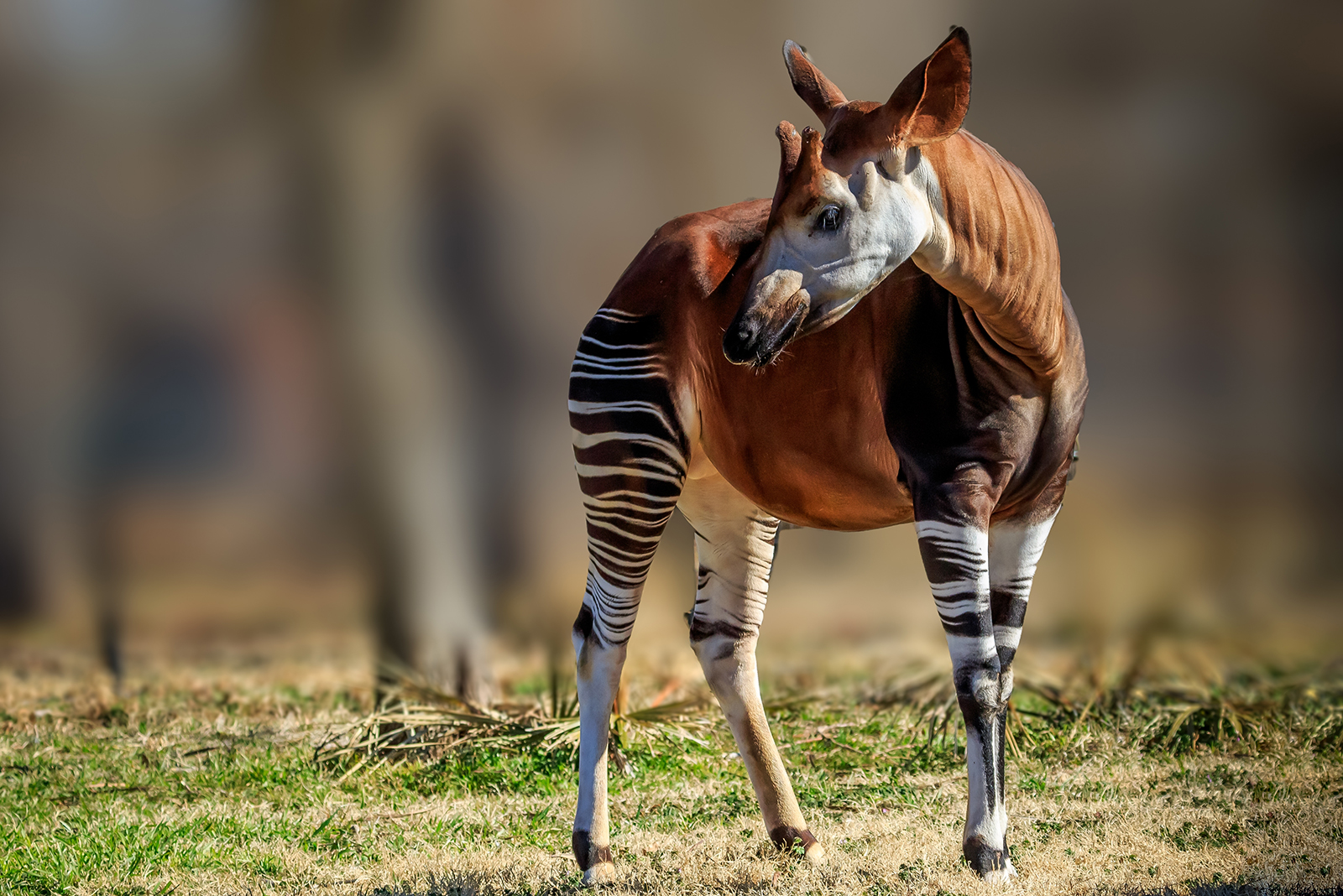
The okapi, also known as the “forest giraffe,” is one of the Congo’s most fascinating treasures. Zebra-like stripes and a giraffe-like head make them seem like a a blend of two entirely different animals, yet they are entirely unique!
Perfectly adapted to the dense rainforests they call home, okapis rely on their keen senses and quiet nature to survive in their shadowy environment, where they stay hidden from predators and human eyes!
These shy creatures are solitary by nature, spending most of their time browsing on leaves, fruits, and fungi from the forest understory. Okapis are technically also gardeners of the rainforest, where they spread seeds through their droppings!
As one of nature’s best-kept secrets, the okapi is a symbol of the beauty and fragility of the world’s rainforests. Can you guess why? Because extinction, of course. Humans have managed to endanger these animals, too. Tch, tch!

